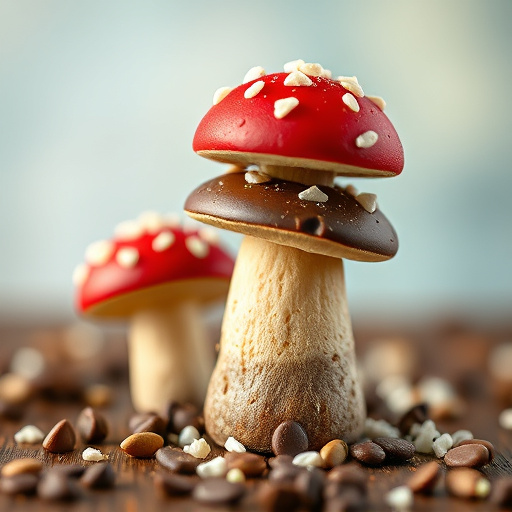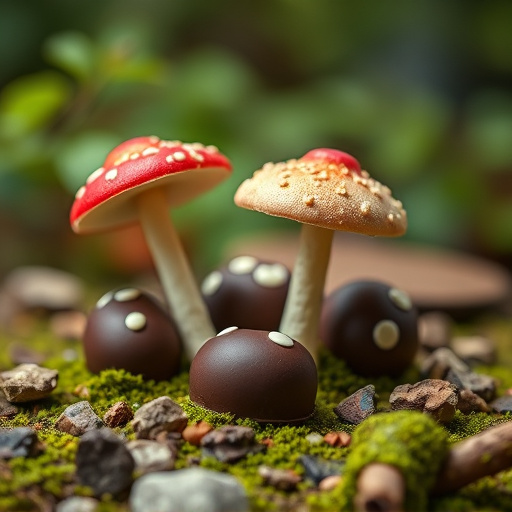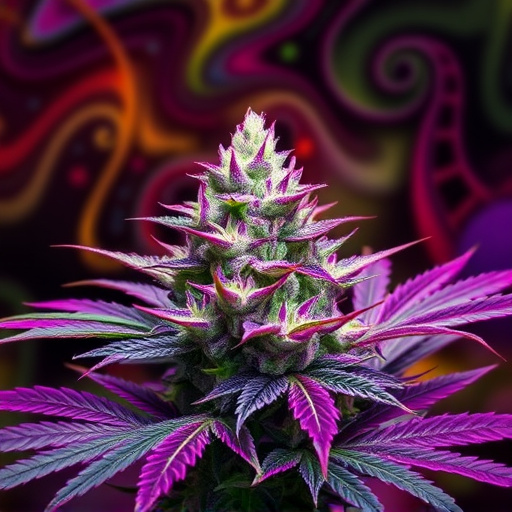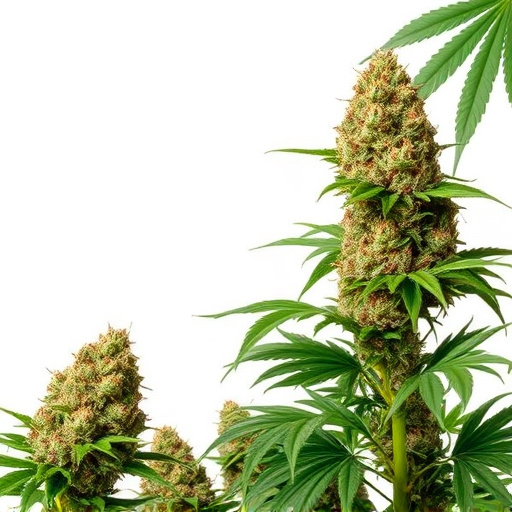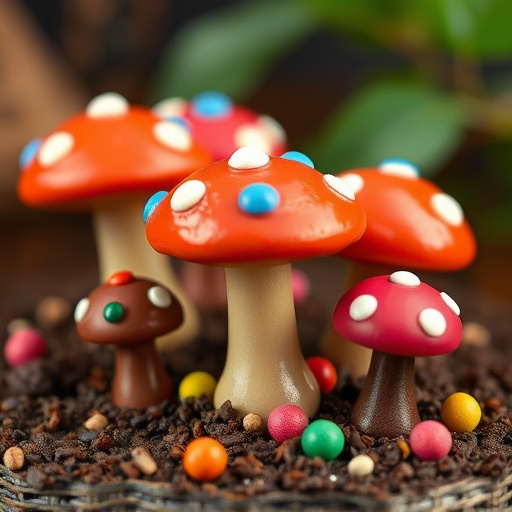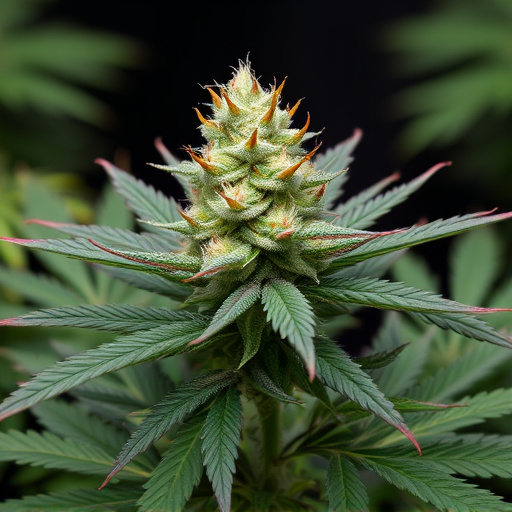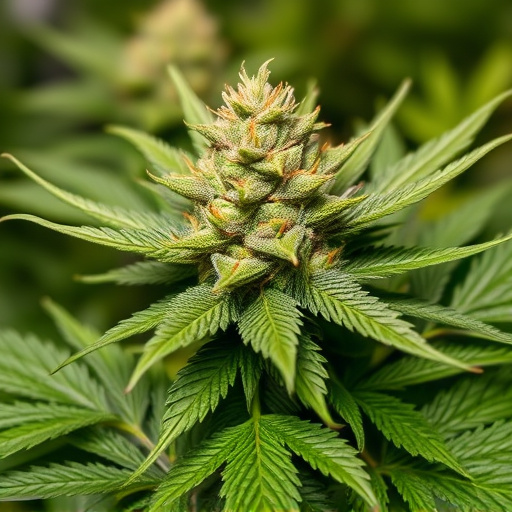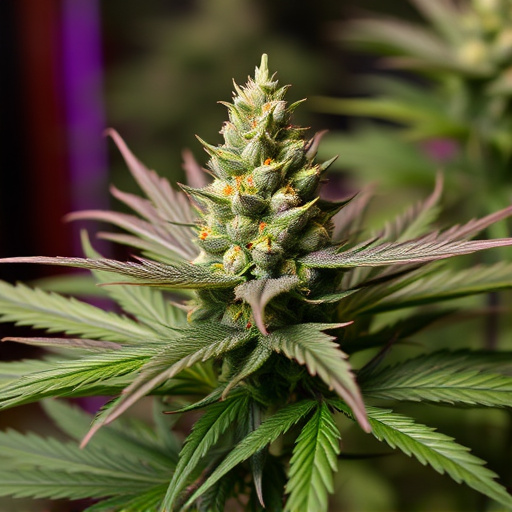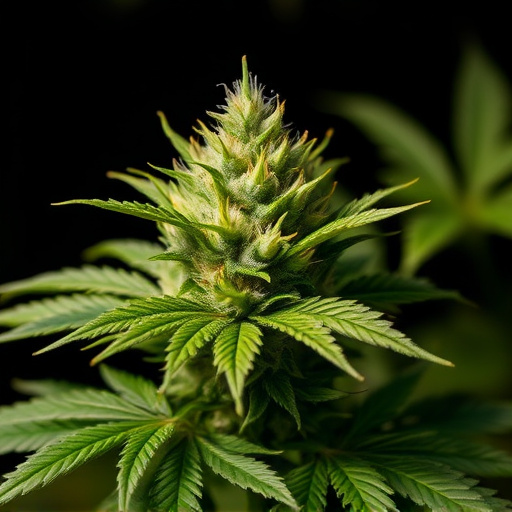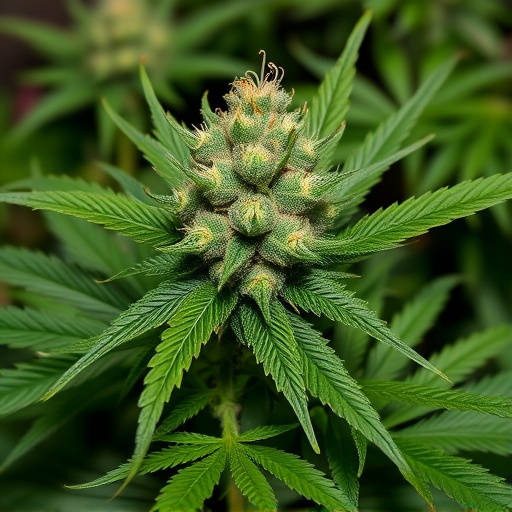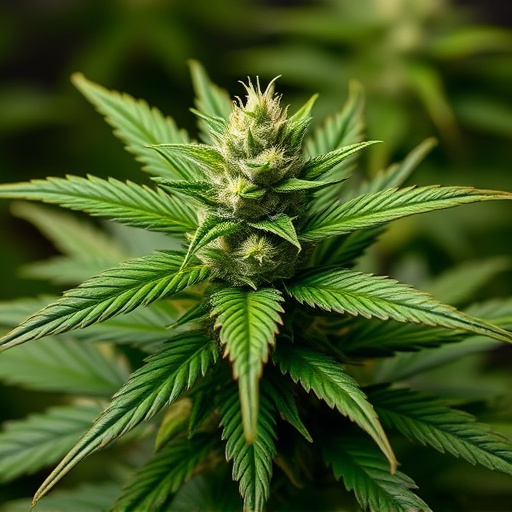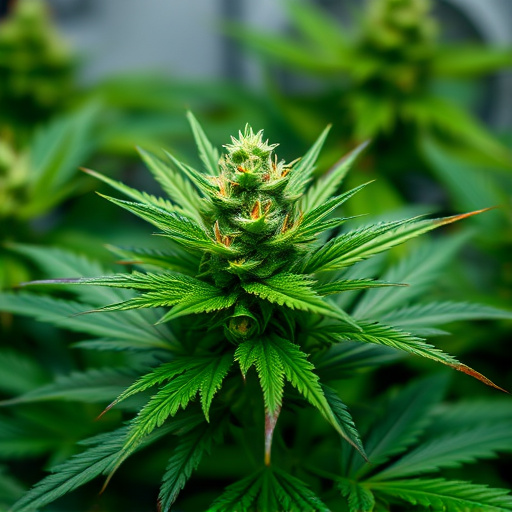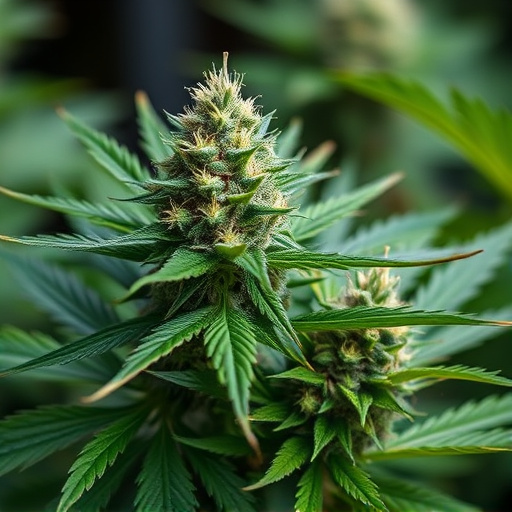TL;DR: High CBD cannabis strains can be identified by vibrant green colors with rich hues, well-proportioned thin leaves, and sticky, dense buds coated in trichomes. Desirable strains have plump, resinous texture and sweet, earthy aroma. Healthy plants with robust leaf structure indicate optimal growing conditions, leading to maximum sunlight absorption and high CBD content. Inspecting flowers closely ensures selection of potent, enjoyable strains.
Distinguishing between good and bad weed is crucial for ensuring a quality, safe, and enjoyable experience. This guide dives into the art of identifying top-tier high CBD cannabis strains. Through meticulous visual inspection, from color and texture to leaf density, we’ll uncover common indicators of healthy growth. Aromatic analysis teaches you to recognize distinct terpenes and appreciate fresh, earthy, or floral scents. Lab testing demystifies cannabinoid profiles, emphasizing its role in verifying potency and safety. Master these signs to navigate the market with confidence.
- Visual Inspection: The Outer Look of High CBD Cannabis Strains
- – Color and texture: What to look for and what to avoid
- – Leaf structure and density: Signs of healthy growth
Visual Inspection: The Outer Look of High CBD Cannabis Strains
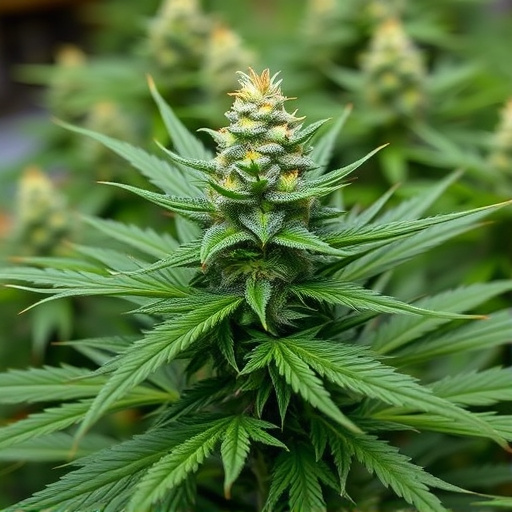
When inspecting high CBD cannabis strains, visual cues can be a good initial indicator of quality. These plants often display a vibrant green color, with rich hues and a lack of yellowing or browning, which suggests healthy growth. The leaves should be well-proportioned, thin, and delicate—a far cry from the thick, wide leaves of lower-quality strains. A close look at the plant’s structure reveals tightly packed buds that are sticky to the touch due to high resin content. These buds often have a dense, compact appearance, with minimal branching or leggy stems.
The outer layers of these strains often showcase a layer of trichomes—glandular hairs—that give the bud a frosty or milky coating. This is especially true for high CBD varieties known for their medicinal properties. Trichomes are not only visually appealing but also contain numerous beneficial compounds, contributing to the strain’s potency and therapeutic effects.
– Color and texture: What to look for and what to avoid
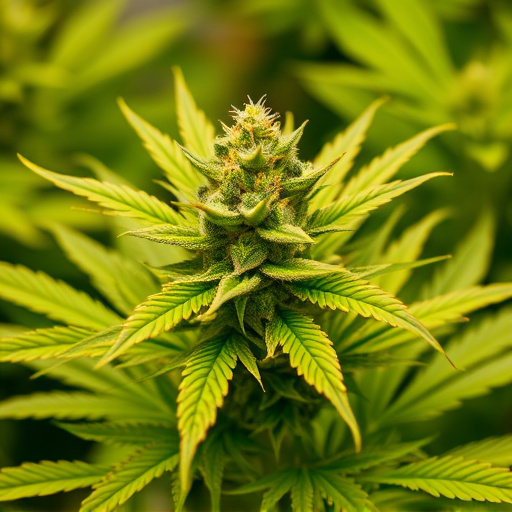
When evaluating the quality of cannabis, color and texture are crucial indicators. Desirable high CBD cannabis strains often boast a vibrant, rich green hue, with hints of orange or purple pigmentations, especially in the flowers. This is a sign of healthy chlorophyll levels and potent cannabinoid production. The texture should be plump, sticky, and resinous, with dense, compact buds that give off a sweet, earthy aroma. Avoid strains with dull, pale greens or yellowing leaves, as these could indicate poor nutrition or stress.
On the contrary, bad weed may present a lackluster palette of muted colors, such as dull grey or brown shades, and a powdery or dry texture. Buds that feel brittle or sparse, with little to no resin, often signal low quality. These characteristics might be due to aging, poor cultivation practices, or the presence of undesirable elements, so it’s essential to inspect the flowers closely. Opting for strains with vibrant colors and consistent, sticky textures ensures a more enjoyable and potent smoking experience.
– Leaf structure and density: Signs of healthy growth
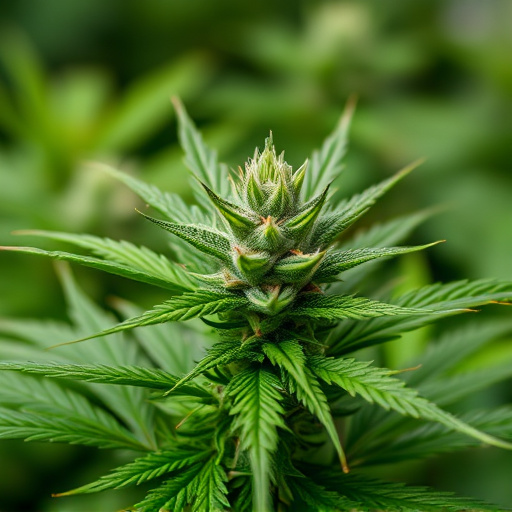
Healthy weed plants exhibit a robust leaf structure and dense growth, which are clear indicators of optimal growing conditions. The leaves should be vibrant green, with no signs of discoloration or yellowing. Each leaf is meticulously arranged in a uniform pattern along the stem, showcasing the plant’s strong foundation and efficient nutrient distribution.
High CBD cannabis strains, known for their therapeutic benefits, often display these hallmarks of health. The dense foliage allows for maximum sunlight absorption, facilitating robust growth. These plants are typically free from pest or disease damage, ensuring that each leaf contributes positively to the overall quality and potency, especially in terms of CBD content.
When examining high CBD cannabis strains, a keen eye for detail can reveal the difference between exceptional ‘good weed’ and subpar ‘bad weed’. Visual cues like vibrant green hues, uniform texture, and tightly packed leaves indicate optimal growth conditions. Conversely, discolored spots, irregular shapes, or loose leaf structure may signal distress, suggesting less desirable ‘bad weed’. Understanding these visual signs is key to selecting top-quality high CBD strains.
